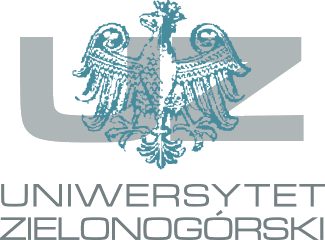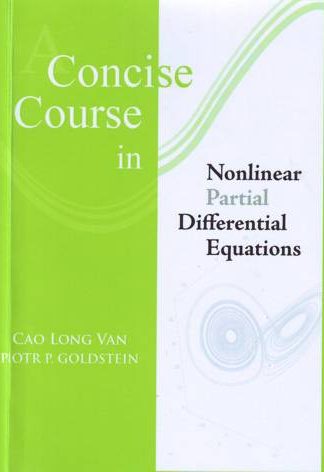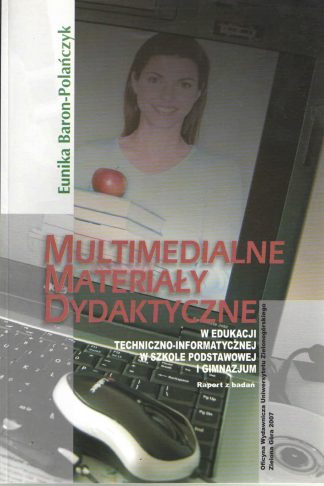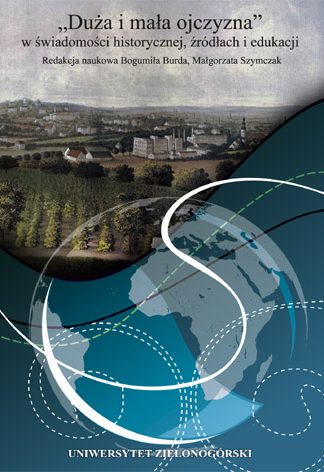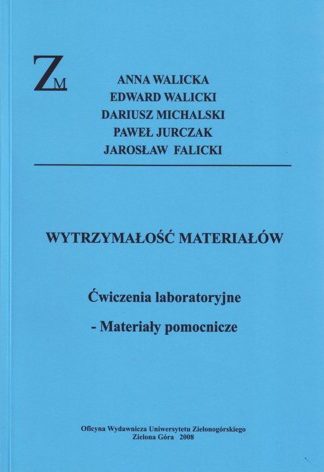Opis
The increasing prominence of computers has led to a new way of looking at the world. This view sees nature as a form of computation. That is, we treat objects as simple computers, each obeying its own set of laws. The notion of a Cellular Automaton (we will write CA for brevity) extends this analogy to provide a way of viewing whole populations of interacting cells, each of which is itself a computer (automaton). By building appropriate rules into a CA. we can simulate many kinds of complex behaviours, ranging from motion of fluids governed by the Navier-Stokes equations to outbreaks of starfish on a coral reef. Why has this transformation taken place? First, there is the simple matter of practicality: desktop computing power has reached a level at which it is quite feasible to simulate individuals as they move across a landscape, interact, reproduce and die. Second is the issue of the language: for many practitioners, rules encoded in computer algorithms are much more accessible than the formal mathematical language of dynamic systems. Third is the awareness that the simple models traditionally used in ecology, physics or process engineering have not always proved very successful in accounting for phenomena observed in real systems. The simulations have their own intrinsic interest; they can be a valuable aid in defining and characterizing the processes involved and can lead to the discovery of new and interesting phenomena.
[From Introduction]
